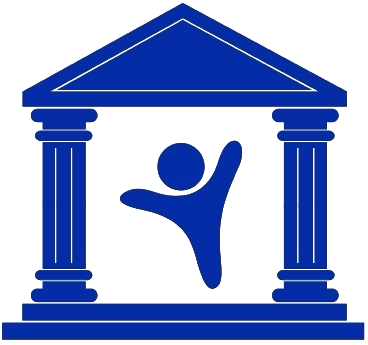CONTEXT:
One billion people live with some form of disability (WHO) with about 24% of those aged 16 and over, declaring a disability within the EU. Furthermore the EU population is aging. Therefore the number of people with access needs is both significant and growing.
Ensuring equal integration into society for all, including traveling and experiencing cultural heritage, continues to be a significant challenge. Cultural heritage (including museums, galleries, monuments and other cultural heritage sites) provides opportunities for social inclusion, a sense of community, informal education and lifelong learning. As such it should be accessible to all!!
The AccessCult project seeks to improve the accessibility of cultural heritage and thus promote lifelong learning opportunities for everyone. In order to build the momentum and sustainability of this agenda the Accessible Museum Ambassadors Network was initiated.
WHAT IS ACCESSIBLE MUSEUM AMBASSADORS NETWORK?
The Accessible Museum Ambassadors Network is a community of professionals and researchers from around the world who advocate for inclusion and accessibility in museums and cultural heritage experiences, whether they be on site or online. The network was created to promote dialogue on accessible cultural heritage between diverse stakeholders. It also aims to bridge the gap and enhance understanding between cultural heritage professionals and cultural heritage visitors with disabilities.
AMBASSADOR’S ROLE:
The key role of each ambassador is to promote accessibility of cultural heritage and to provide a bridge between cultural heritage professionals and visitors with diverse needs.
Additionally, Ambassadors are invited to:
- Raise accessibility issues and promote accessibility measures within their working environment and/or any cultural heritage related community.
- Regularly engage with cultural heritage professionals and encourage them to consider and enhance the (in)accessibility of their museum exhibitions and events.
- Collaborate with disabled communities (e.g. disability associations and/or individuals) to learn from them and to co-create accessible museums and heritage sights.
- Work with relevant stakeholders and decision-makers to inform regulation, financing and empowering accessibility measures (e.g. local, regional and national authorities and policy makers).
- Stay up to date with, and potentially contribute to the development and dissemination of accessibility requirements and guidelines, research and practice.
Ambassadors will have the opportunity to collaborate through activities carried out within the AccessCult project (trainings, round tables, final conference) and beyond (for example through external accessibility related events, conferences, joint academic and non academic publications, future EU projects etc.).
EXPECTED AMBASSADOR’S PROFILE:
- People with disabilities
- Museum, gallery and cultural heritage workers (curators, guides)
- Museum, gallery and cultural heritage managers
- Researchers, professors and students of museology, heritology, history and history of arts, archeology for public, disability studies etc.
- Disability, inclusion and accessibility experts, professionals and advocates (accessibility guides and assistants, disability managers, occupational therapists)
- Other interested professionals or individuals
